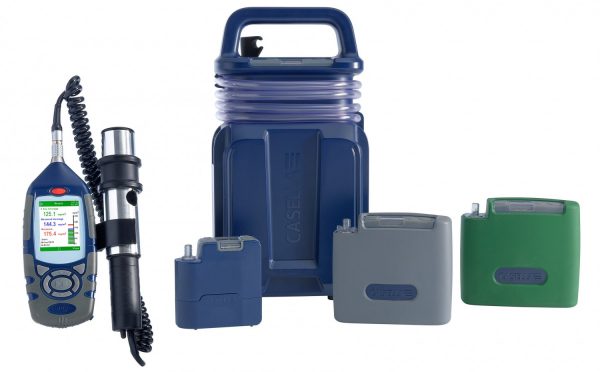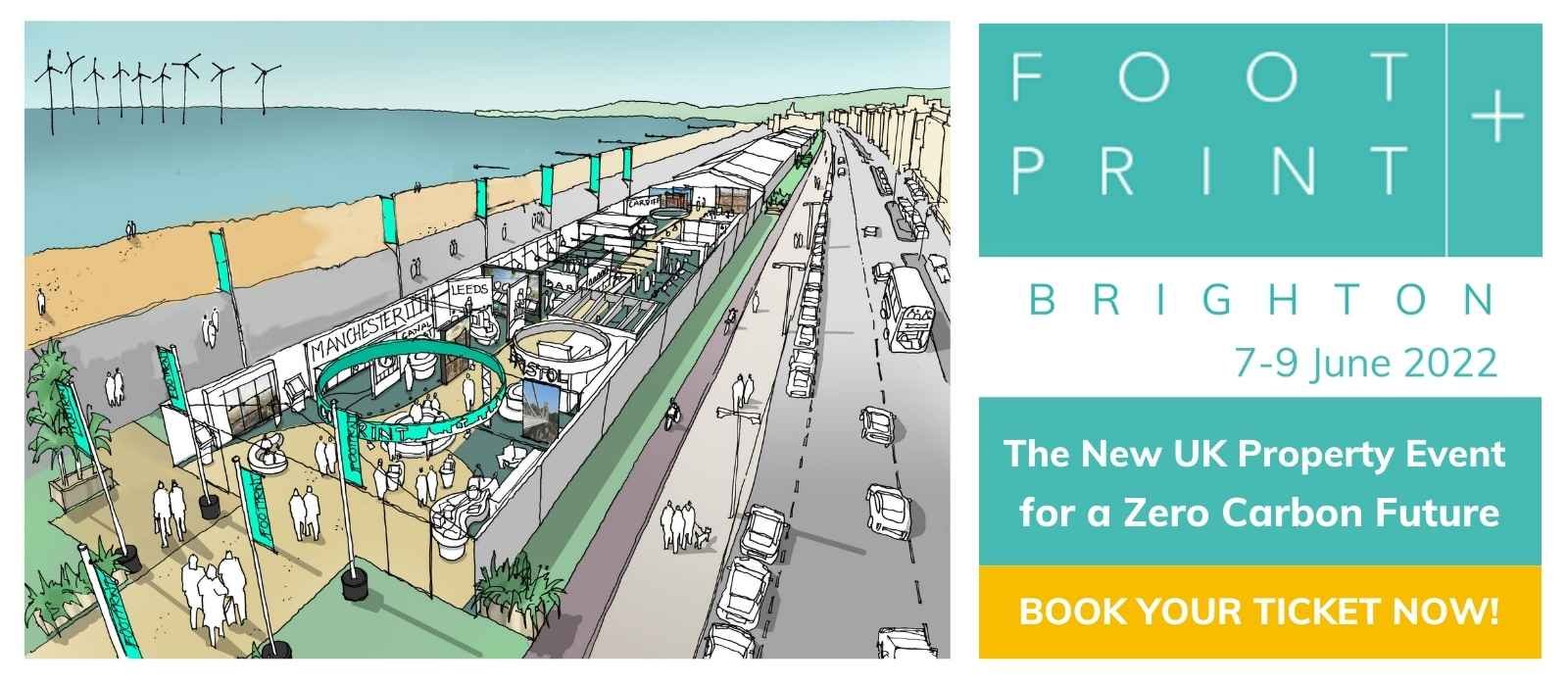How technology is driving-up safety, quality and compliance within the built environment
Where once it was fair to say construction was one of the less tech-savvy sectors, the last couple of years has seen a seismic change in approach and attitude. Digital has finally been embraced and is gathering momentum. Each day we’re witnessing exciting new technologies launched, with systems and platforms helping to refine best-practice and make the build journey even more efficient. As capabilities continue to evolve at pace, we ask some of the UK’s leading ConTech providers what they predict will be the driving force behind new innovation in the sector.

Ian King, Chief Operating Officer, innovative fire protection technology, Zeroignition:
“The construction industry needs to learn from other industries, such as automotive and aviation, which focus on a checklist approach to reduce harm to passengers. When people rely on memory, mistakes happen, and the simple action of checking off points can prevent fire planning elements being missed.
“The digital ‘revolution’ that the construction industry is experiencing can create ‘digital footprints’ that prove the right building criteria has been adhered to. This will become essential if we’re to successfully implement watertight fire safety checks before a building is handed over to the occupant or end user.”
Tom Boland, Head of Digitalisation, Building Lifecycle Information Management Software, Zutec:
“End clients as asset owners, are waking up to the monetary value of digital twins and robust data logs which detail how buildings have been constructed, maintained and adapted. This digital record is set to become essential as the regulatory landscape changes.
“The collation, management and presentation of accurate data looks set to become a preoccupation, even an obsession, for contractors and developers nationwide as they seek to comply with new regulations and de-risk property.
“This will apply whether they ultimately own the asset or not. Positively, it will drive up transparency, responsibility and quality. That’s no bad thing.”
Siôn Bellis, Head Residential Officer, structured data and O&M specialist, Createmaster:
“Post-Grenfell, fire and emergency systems and protocols have been thrown into the spotlight.
“While many will see the physical solutions from fire doors and smoke alarms, to sprinklers and extinguishers, the operation and maintenance information which underlies them is less appreciated, but equally important.
“As the new planning gateways start to take effect, contractors, developers and asset owners will be keen to ensure the fire and emergency information they have matches what’s been specified, and complies with the law. This information was previously stored in a nebulously inconsistent physical or rudimentarily digital file, making it easy for vital information to be mislaid.
“Technology’s changing that, and storing this vital data in the cloud will start to become the norm, particularly as asset owners begin to understand the vital importance of having this information at every stage of the building lifecycle.”
PJ Farr, Managing Director, leading construction connectivity provider, UK Connect:
“As AI, IoT-backed devices and big data applications start to become commonplace on site, so too will the latest standards in connectivity. One of the main reasons the industry has been relatively slow in the race towards digital adoption is down to the network capabilities during the construction journey.
“However, the advent of 5G and Wi-Fi 6, two landmark wireless broadband standards, are changing the rules of the game. With these two innovations in place, think of the benefits: no lag time, live collaboration without buffering, and automated systems and machinery which can work almost intuitively, operating efficiently and saving their own energy when not in use.”
Matt Ryan, UK Country Manager, defect management expert, PlanRadar:
“The role of construction technology is becoming synonymous with compliance. As we’ve seen through recent legislation changes, such as the Building Safety Bill, residents’ safety is a top priority and businesses can no longer bury their heads in the sand when it comes to improving standards.
“Instead, housebuilders must act quickly to introduce ways of preventing potential mistakes, to improve build quality and reduce end-user risk. This is where technology comes in, helping businesses to take action now, and futureproof for later. Investing in the latest digital quality assurance and project management tools will avoid any action being taken by the regulators and provide answers to claims from homeowners, while raising general building standards across the board and offering residents maximum protection.”
It appears that, as the new regulatory framework starts to get tighter, technology will become an essential enabler for the construction industry, particularly for residential projects.
With the capabilities of software, hardware, telecommunications and building products constantly evolving it’s easier to see how technology can help transform the built environment, not only de-risking it but making the construction journey easier and delivering the highest quality to the end user.
The post How technology is driving-up safety, quality and compliance within the built environment appeared first on Construction Industry News.







